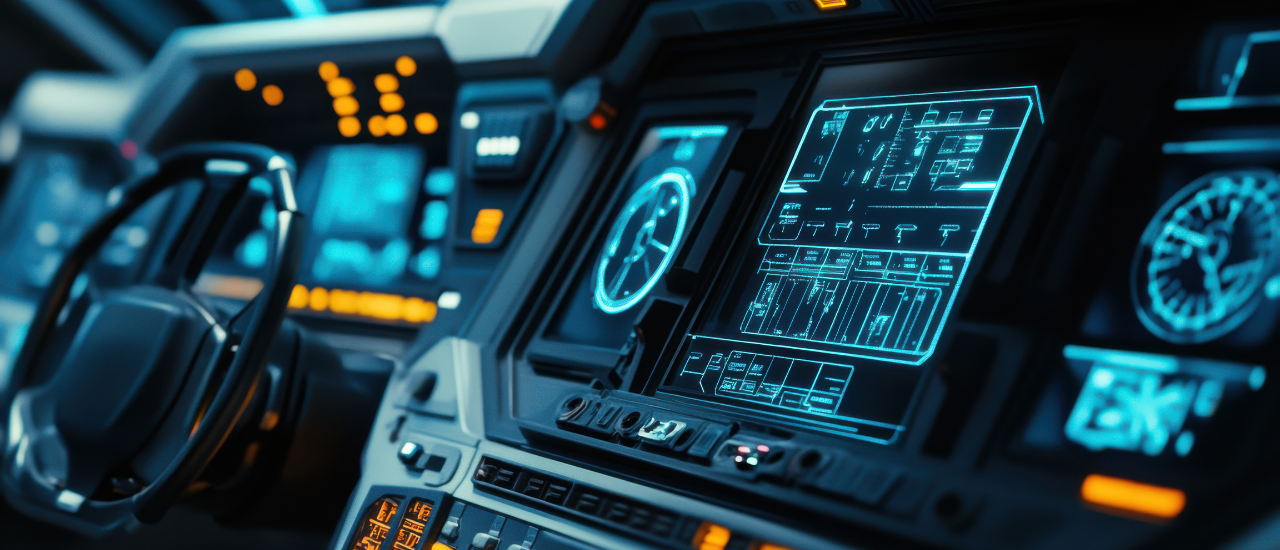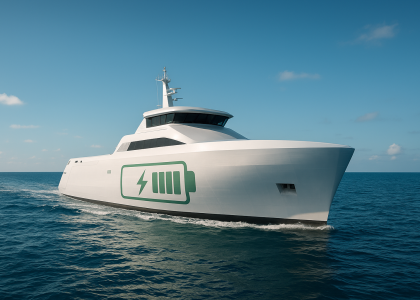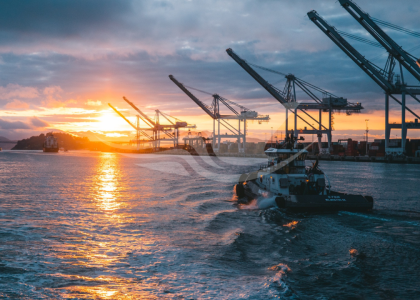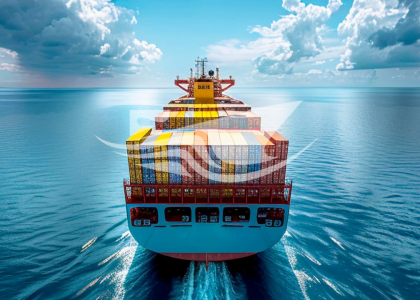Smart Ship Integration is becoming a vital aspect of modern vessel design, driving innovation through advanced digitalization and intelligent systems. In today’s dynamic maritime landscape, integrating smart technologies helps vessels become more efficient, safer, and environmentally responsive (image by: freepik).
Why Smart Ship Integration Matters
The maritime industry faces pressure to reduce operational costs while improving safety and compliance. Smart ship integration enables data-driven decision-making through real-time monitoring, predictive maintenance, and automation. These innovations make it easier to respond to regulatory changes and operational demands effectively.
Modern vessel design technology now includes embedded sensors, AI-powered diagnostics, and digital twins. These tools offer unprecedented control over ship systems, enhancing both performance and crew safety. Additionally, digital logs and connected interfaces streamline communication across fleets and ports.
Key Technologies in Digital Vessel Design
Several technologies define the success of digitalization in shipping:
- AI & Machine Learning: These enable predictive analytics for equipment performance and failure prevention.
- IoT Sensors: Gather data from machinery and environmental conditions for live monitoring.
- Digital Twin Technology: A real-time replica of the vessel for simulation and optimization purposes.
- Cloud Platforms: Ensure secure and scalable access to ship data from anywhere.
Each of these components contributes to a smarter and more responsive ship that aligns with 21st-century expectations.
Digitalization as a Core of Vessel Design
Gone are the days when shipbuilding was purely mechanical. Now, digitalization in vessel design plays a central role from the concept stage to delivery. With smart design software, engineers can simulate structural loads, fuel consumption, and route efficiency before a single plate is cut. This not only reduces risk but improves sustainability across the vessel’s lifecycle.
Step into the era of intelligent shipping. Innovate with our expertise in smart ship integration and digital design.
Smart Integration in Action
Real-world applications show the benefits of smart ship systems. For example, autonomous ferries in Norway utilize advanced navigation and obstacle avoidance to cut human error and fuel use. Similarly, large container vessels now employ smart routing algorithms to avoid rough weather and optimize delivery times.
Moreover, by integrating all ship systems under one intelligent dashboard, captains can make faster decisions based on accurate data. Whether it’s managing fuel, maintenance schedules, or route planning, smart ship integration enables superior command and control.
Future Outlook of Smart Vessel Technology
As more vessels adopt digital tools, the industry will shift toward complete connectivity. In the future, smart ships may interact directly with port infrastructure, reducing idle time and emissions. AI will evolve to handle complex operations, and remote diagnostics will minimize downtime even further.
For shipowners, this means long-term savings, regulatory compliance, and competitive advantage. For shipbuilders and engineers, the call is clear: adopt smart systems or fall behind.
Future-proof your vessels with cutting-edge technology. Discover our digitalization solutions for vessel design.







